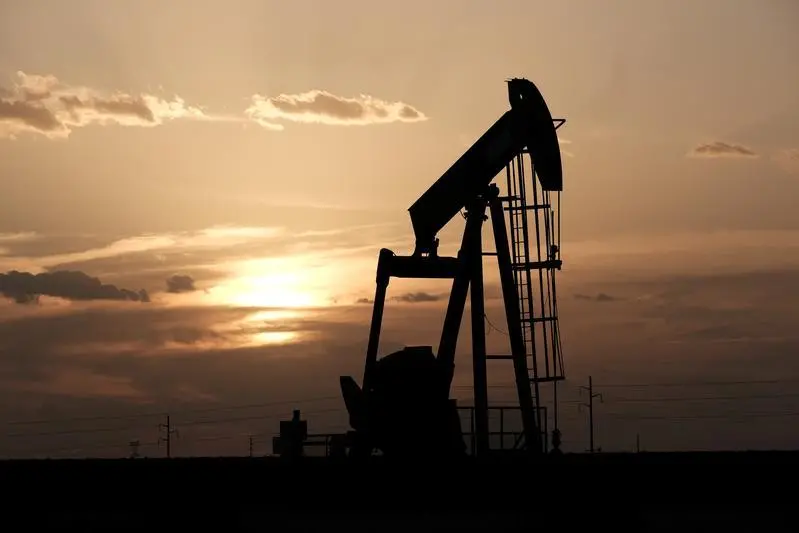PHOTO
LONDON/TOKYO- Oil prices rose on Thursday, recouping some of the previous session's losses after OPEC forecast a supply deficit next year and the U.S. Federal Reserve said the economic outlook was favourable.
Prices had fallen on Wednesday after a report showed an unexpected increase in U.S. crude inventories. The market picked up on Thursday, although the International Energy Agency (IEA) and the Organization of the Petroleum Exporting Countries offered different prospects for the oil market in 2020.
Brent rose 45 cents, or 0.7%, to $64.17 a barrel by 1241 GMT. West Texas Intermediate crude was up 30 cents, or 0.5%, at $59.06 a barrel.
IEA pointed to pressure on oil prices, predicting a sharp rise in global inventories despite an agreement by OPEC and its allies to deepen output cuts as well as lower expected output by the United States and other non-OPEC countries.
The focus, however, was more on OPEC which said it now expected a small oil market deficit in the next year, suggesting the market is tighter than previously thought.
OPEC and others including Russia agreed last week to rein in output by an extra 500,000 bpd in the first quarter of 2020.
Oil prices were also supported by the U.S. Federal Reserve keeping interest rates unchanged at a meeting on Wednesday.
"Our economic outlook remains a favourable one, despite global developments and ongoing risks," Fed Chair Jerome Powell told a news conference.
"While oil prices are trending higher benefiting from a dovish Fed, a weaker USD, the IEA reiterates that despite the deeper oil production cuts, the oil market is likely to be oversupplied in 1H20," said UBS oil analyst Giovanni Staunovo.
Referring to OPEC members Iraq and Nigeria and their weak compliance with the pact in the past, Staunovo said: "We remain sceptical that they (Iraq and Nigeria) will achieve their 100% pledge in the first quarter of 2020 ... (This) could see oil prices coming under pressure again in the future."
Oil prices fell on Wednesday after the U.S. Department of Energy's report showed an unexpected rise in U.S. stocks.
Inventories of petroleum products also increased with gasoline stocks surging by more than 5 million barrels and distillates gaining just over 4 million barrels.
Analysts blamed much of the dip in gasoline demand on winter storms that brought heavy snow to several states, making many roads unfit for driving.
Saudi Aramco hit the $2 trillion target sought by Saudi leader Crown Prince Mohammed bin Salman on Thursday as its shares clocked up a second day of gains, defying some scepticism about the state-owned oil firm's long-term value.
Norway's oil production rose in November from the previous month, beating official forecast by 13.2%. (Additional reporting by Aaron Sheldrick in Tokyo; Editing by Susan Fenton and David Evans) ((bozorgmehr.sharafedin@thomsonreuters.com;))












